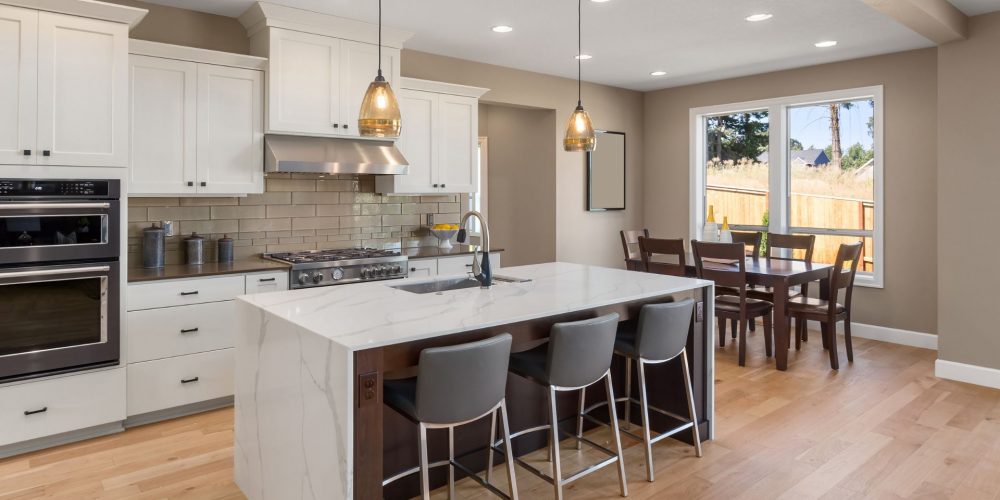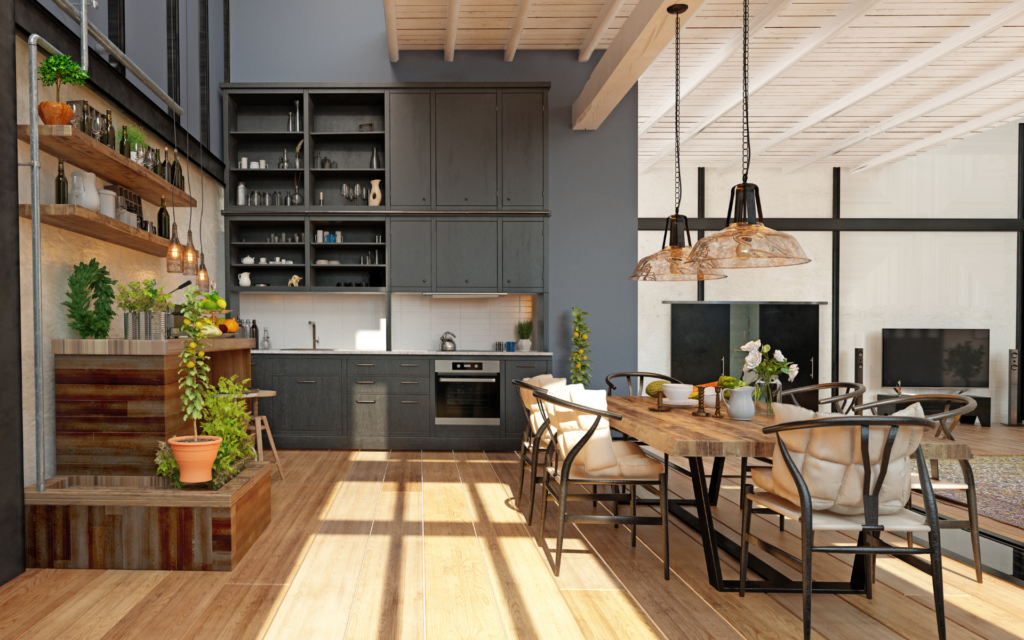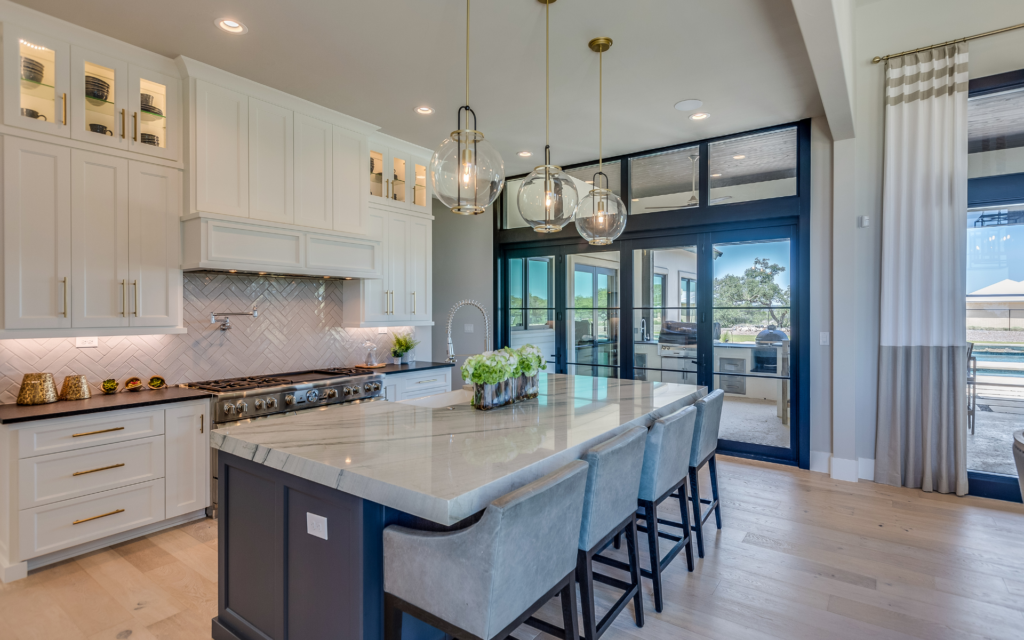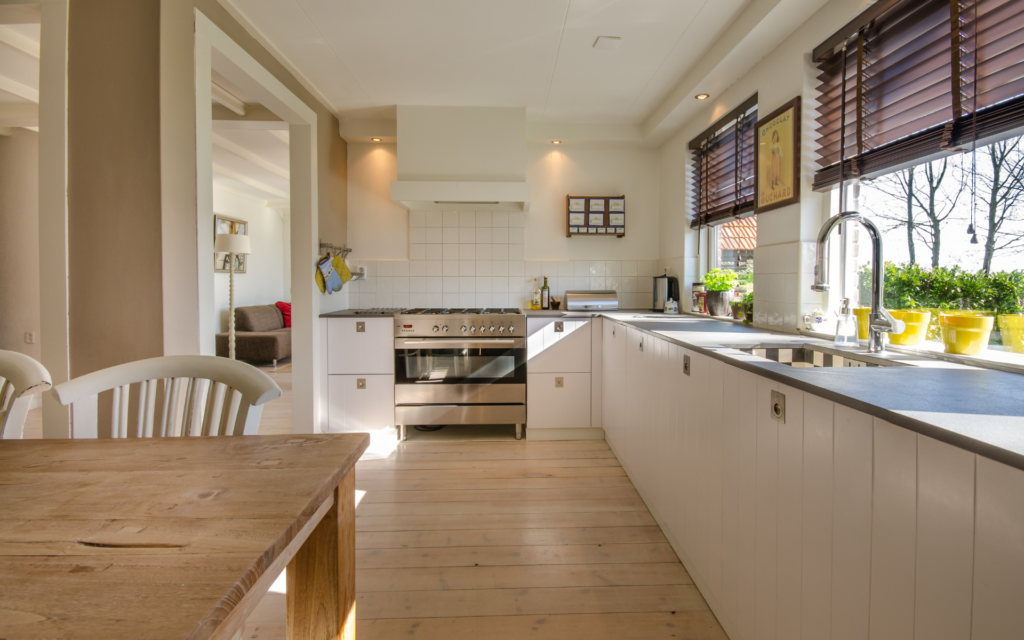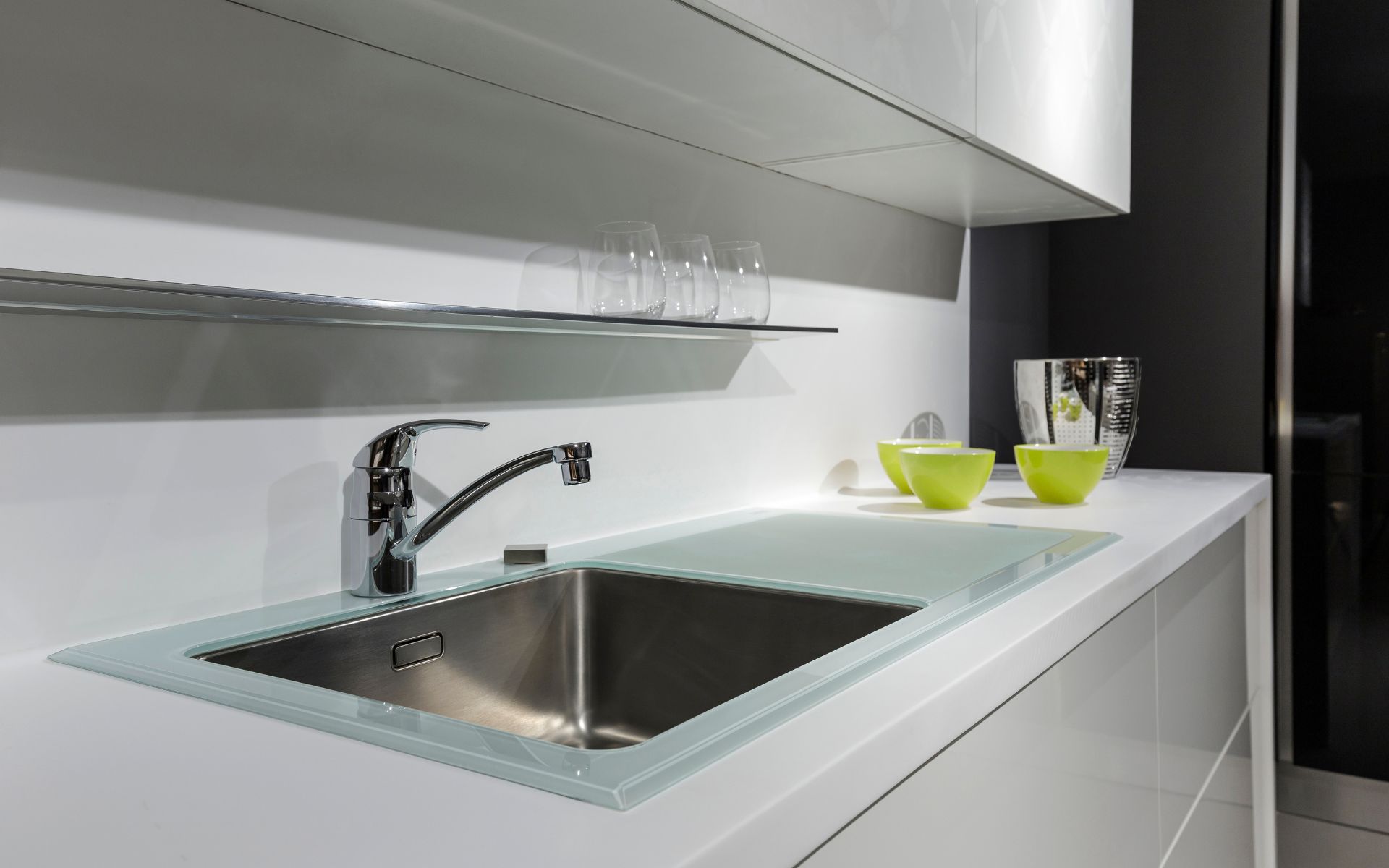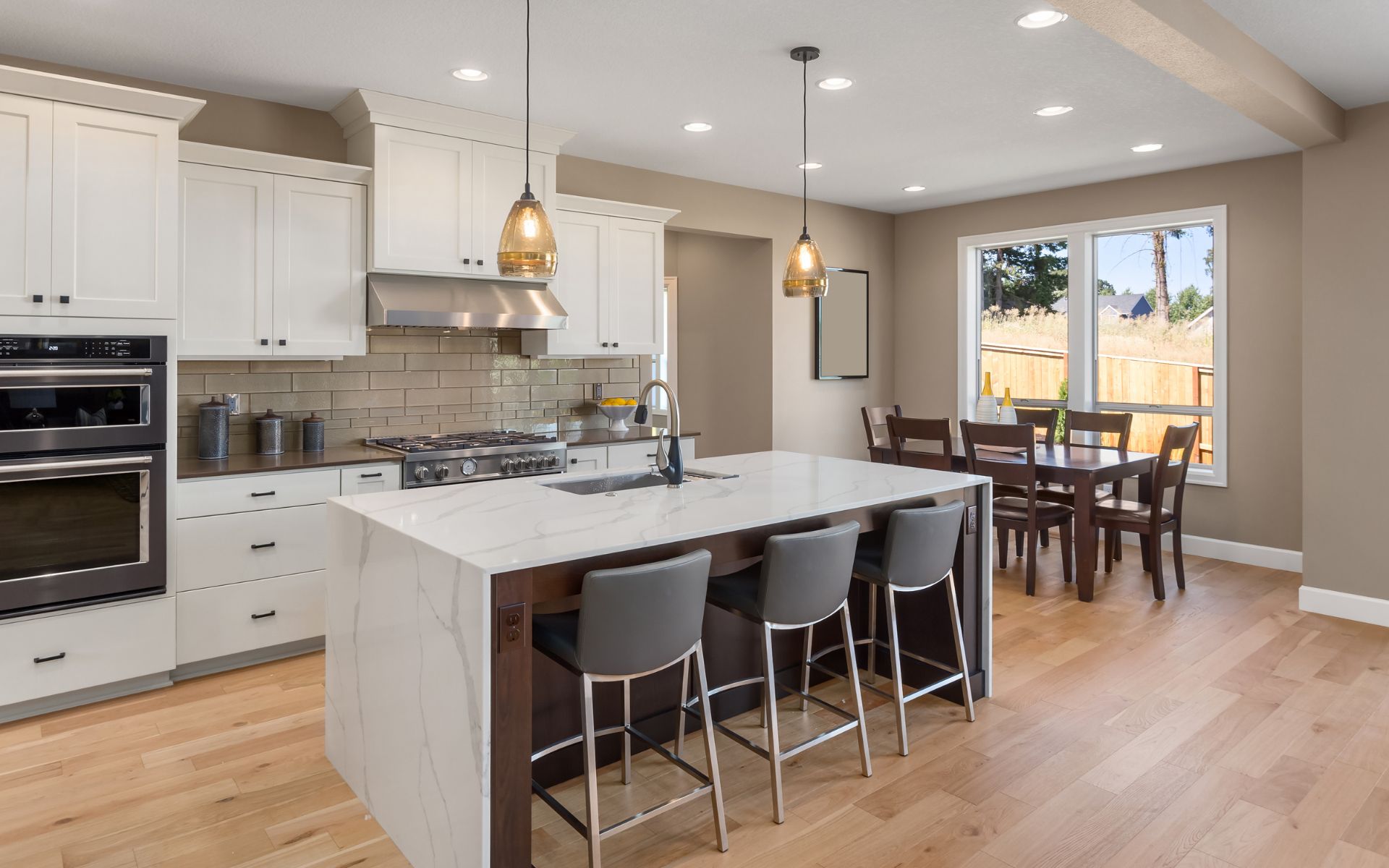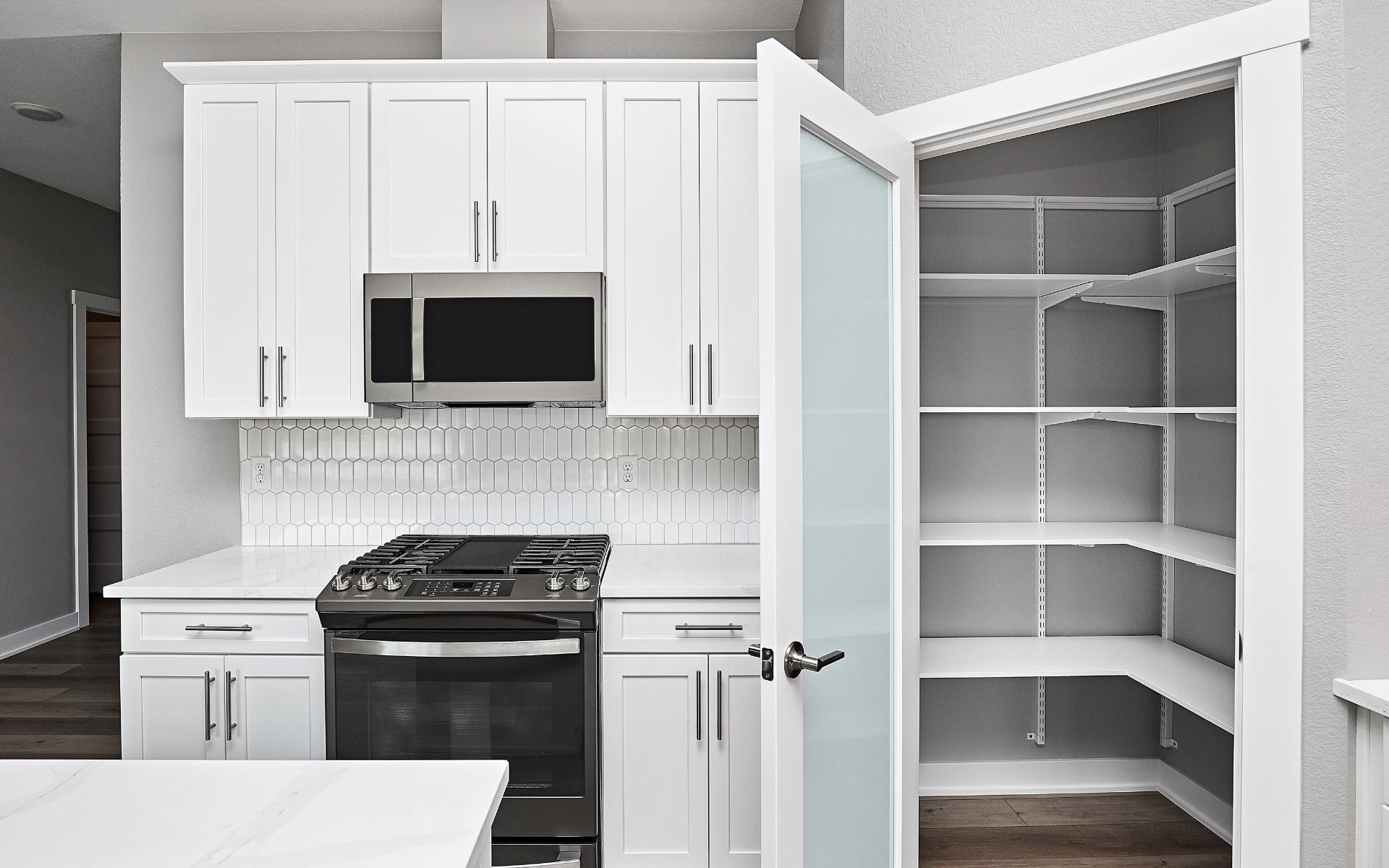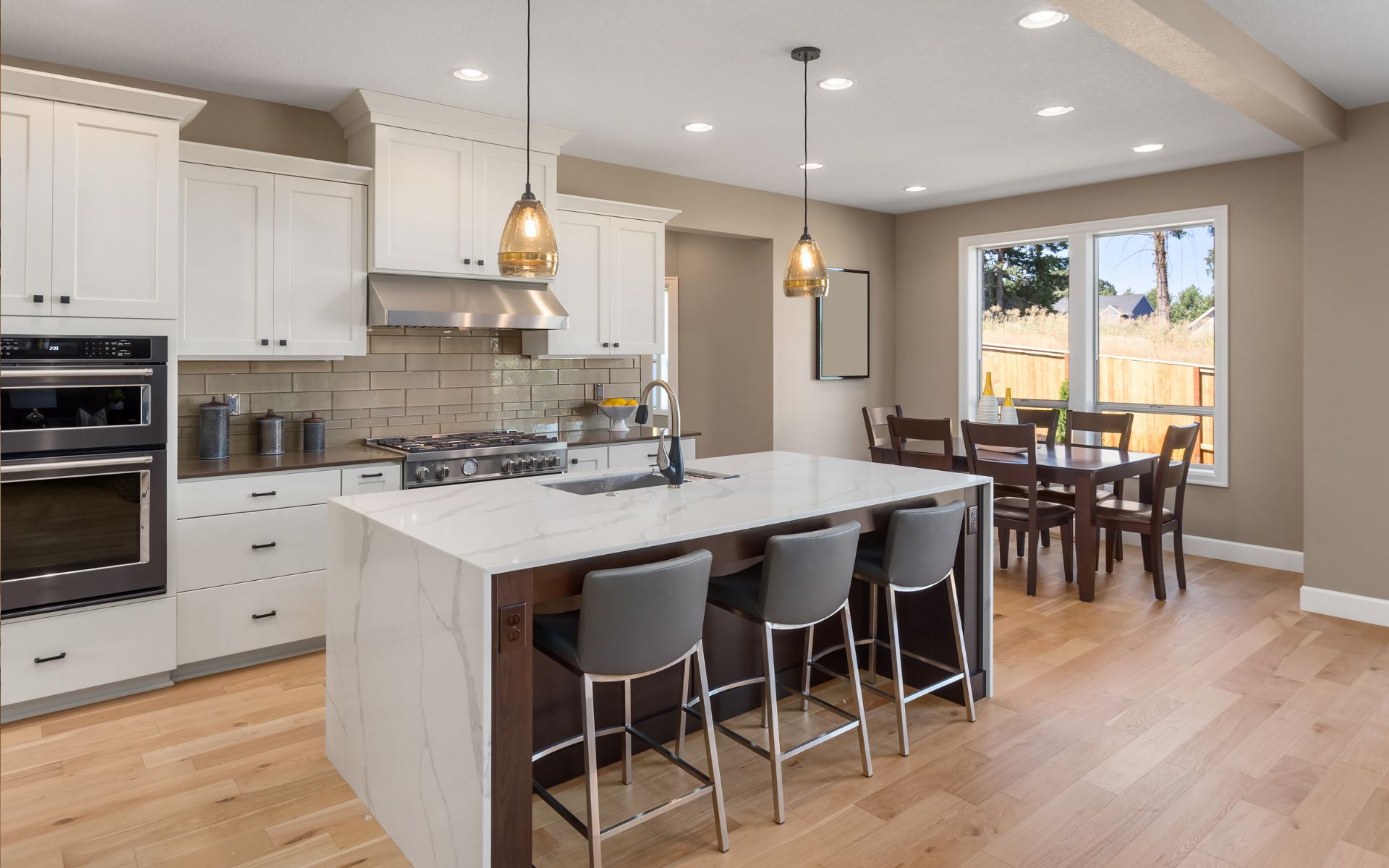If you’re renovating your home or looking for durable, attractive new floors, you may be considering a floating floor. Floating floors have surged in popularity in recent years. But what exactly are they and what are the benefits? This article will explain what floating floors are and discuss whether floating floors are a good choice for your home.
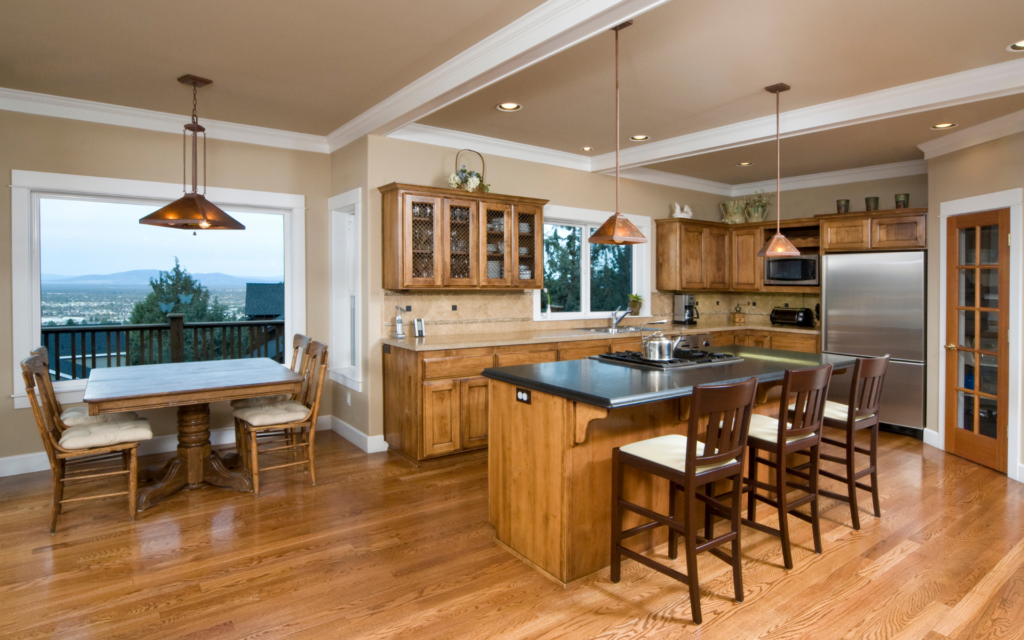
What are Floating Floors?
A floating floor gets its name from the fact that it is not mechanically attached to the subfloor below. Floating floors are a popular flooring option, especially for kitchen and bath remodeling projects. The individual flooring planks or tiles interlock together, forming a single floating unit that sits atop the subfloor. Traditionally, floors were either nailed down floors or glued directly to the subfloor to hold them in place. Floating floors use a different installation method.
Each plank or tile has tongue-and-groove edges that click together to form a tight joint. The interconnected wood planks create a floating floor that rests on the subfloor without adhesion. An underlayment is placed between the floating floor and subfloor for sound dampening and added cushioning. The luxury vinyl flooring is also held in place by the baseboards and walls.
This floating construction allows the floor to expand and contract with temperature changes and humidity levels naturally. By not rigidly attaching directly to the subfloor, the hardwood flooring can shift minimally without buckling or warping. A small gap is left around the edges of the room to allow this subtle movement.
3 Common Types of Floating Floors
Several types of flooring are well-suited to floating installation. Let’s look at the three most common floating floor varieties here.
Luxury Vinyl Plank
Luxury vinyl plank flooring has soared in popularity due to its realistic visuals, durability, and water resistance. LVP flooring material replicates textures and grains of natural materials using a decorative surface layer on a composite core. Advanced printing technology and embossing achieve stone, wood, and tile looks.
LVP is constructed with multiple layers including a vinyl wear layer, decorative imaging film, and rigid composite core. The stone-plastic composite core provides stability and durability. LVP floors resist scratching, denting, fading, and moisture. All these benefits come at an affordable price point, making LVP a budget-friendly alternative to natural stone or even hardwood floors.
Engineered Hardwood
Engineered hardwood has a real solid wood veneer surface layer adhered to plywood or high-density fiberboard cores. This multi-layer construction prevents moisture damage and allows for floating installation. The thickness of the solid hardwood surface layer can vary from 1 to 5 mm depending on the product. Rich wood looks are achieved from oak, hickory, maple, exotic woods, and more.
Engineered wood flooring suits wet areas like kitchens and baths better than solid hardwood. The plywood core is more dimensionally stable and less prone to swelling and damage from moisture. Durable finishes protect the real wood veneer while allowing textures and grains to show. Overall, engineered wood provides the warmth and beauty of real hardwoods in a DIY-friendly floating flooring industry.
Laminate
Laminate flooring offers realistic wood and stone visuals through a printed decorative layer fused to a composite core. This works especially for kitchen remodeling. The top layer is a high-resolution image fused to fiberboard or laminated plastic. Durable melamine resins protect against scratches, stains, and fading. Laminate flooring types used is generally cheaper than natural materials while providing realistic looks and durability.
What is the Advantage of a Floating Floor?
Floating floors provide several notable benefits:
DIY-friendly installation – Floating floors typically click together without nails, glue, or special tools. This makes DIY installation straightforward. And you avoid damages associated with nailing hardwoods.
Adaptability – The floors can shift and contract slightly to handle the natural expansion/contraction of materials. This prevents buckling and warping.
Go over existing floors – Floating floors can be installed over most existing flooring like tile or concrete. This saves demolition time and costs.
Moisture resistance – Products like LVP and engineered hardwood resist water damage from spills or leaks. This makes them suitable for kitchens, baths, and basements.
Underfloor heating compatibility – Floating floors work well over radiant heating systems because they do not adhere directly to the subfloor.
Sound absorption – Underlayments reduce noise transfer for quieter rooms.
Overall, floating floors offer versatile installation and fewer structural limitations than traditionally attached floors. This freedom expands the spaces where beautiful hardwoods and luxury vinyl can be installed.
How Are Floating Floors Installed?
Installing a laminate floating flooring part is easier for DIYers than nailing hardwood or laying tile. Here is an overview of the floating floor installation process:
Prep the subfloor – The subfloor must be clean, dry, and flat. Any unevenness over 1/8″ must be leveled so the floor doesn’t buckle.
Lay underlayment – Foam, cork, or rubber underlayments are rolled out over the subfloor. This cushions the floor and absorbs sound.
Install vapor barrier (optional) – Plastic sheeting can be placed over the underlayment to protect against moisture if needed.
Begin first row – Interlocking planks are clicked together with tongues and grooves facing the wall. Spacers hold an expansion gap along walls.
Build outward – Additional rows are clicked into place lengthwise so planks stagger in a brickwork pattern. Clips can assist alignment.
Finish decoratively – Wall trim and baseboards are reinstalled to cover expansion gaps and provide a finished look.
With minimal tools needed, DIY floating floor installation is much more feasible than nailing hardwoods to laminate floors or working with tile. Just be sure to thoroughly prepare the subfloor and allow perimeter expansion space.
Is a Floating Floor a Good Option?
Ultimately, floating floors are an ideal choice for renovated kitchens and baths. Their water-resistant construction handles humidity and spills while delivering beautiful, realistic aesthetics. Ease of installation also makes floating floors a great option if you want to install new floors yourself. Just be sure to purchase quality vinyl flooring, and take care to properly prep the subfloor. Used well, floating floors can increase your home’s real estate value and livability for years to come.

